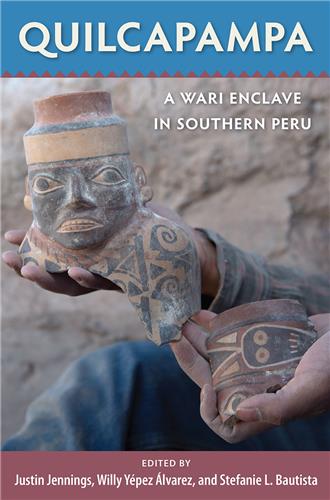Offering innovative ways of looking at existing data, as well as compelling new information, about Florida’s past, this volume updates current archaeological interpretations and demonstrates the use of new and improved tools to answer larger questions.
Browse by Subject: Archaeology
Please note that while you may order forthcoming books at any time, they will not be available for shipment until shortly before publication date
Exploring various methodological and theoretical approaches to pre-Columbian visual culture, the essays in this volume reconstruct dynamic accounts of Native American history across the U.S. Southeast.
This volume brings together archaeologists working in Ecuador, Peru, and Bolivia to construct a new prehistory of the Upper Amazon, outlining cultural developments from the late third millennium B.C. to the Inca Empire of the sixteenth century A.D.
In this expansive yet concise survey, Christopher Fennell discusses archaeological research from sites across the United States that once manufactured, harvested, or processed commodities, uncovering key insights into American history.
Combining years of ethnographic research with British imperial archival sources, this book reveals how cultural heritage has been negotiated by colonial, independent state, and community actors in Belize from the late nineteenth century to the present.
Analyzing evidence from the site of Quilcapampa in the Sihuas Valley of Southern Peru, contributors to this volume discuss the ninth-century settlement’s relationship to the broader Wari empire and reimagine the empire’s role in the widespread changes of the Andean Middle Horizon period.
This volume illuminates the influence of the Dutch empire in North America, assembling evidence from seventeenth-century settlements located in present-day New York, New Jersey, Connecticut, Pennsylvania, and Delaware.
Focusing on three communities in the Americas, this book layers archaeological research with oral narratives and social memories, demonstrating a way of reconciling the tension between Western scientific and local Indigenous approaches to history.
In a sweeping survey of archaeological sites dating from a span of thousands of years and located across continents, this book asks fundamental questions about the place of cultural heritage in Western society.
Falls of the Ohio River presents current archaeological research on an important landscape feature of what is now Louisville, Kentucky, demonstrating how humans and the environment mutually affected each other in the area for the past 12,000 years.











